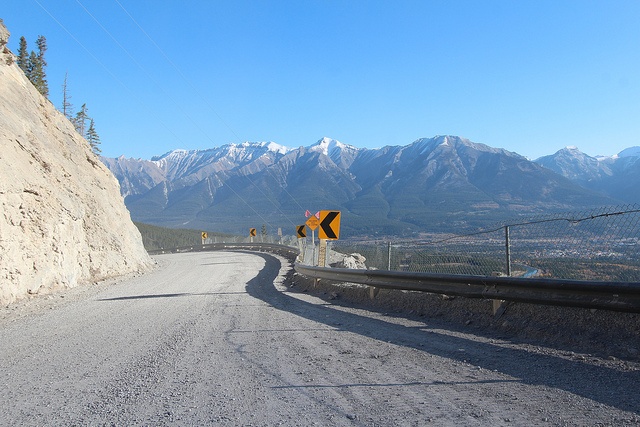Roads built using conventional materials are associated with numerous environmental problems. Thankfully, there’s a solution to the issue, and we now have the technology to construct green roads.
Traditional paved roads cause environmental damage in a number of ways, both during their construction and throughout their lifetime. This includes the ‘heat island’ effect, the fact that many of the traditional materials are non-sustainable, and how road-building is often an inefficient process which consumes a large quantity of fossil fuels. A ‘green’ road is one that is specifically designed to avoid and mitigate these problems.
Fortunately, the industry has learned a great deal recently, and companies like Midwest offer road-building technology that avoids these problems.
Legacy Road-Building Materials
Many of the materials that are used in conventional road building are non-sustainable. The two most significant are aggregate (small rocks, mined from quarries) and asphalt (also known as bitumen, usually sourced from oil—not to be confused with ‘asphalt concrete’, the road surface).
Aggregate, being a quarried material, is totally non-renewable: there will be no new aggregate until new rocks are laid down over millions of years. Meanwhile, re-using or cutting down on aggregate usage is imperative, to avoid the dust, fossil fuel usage and other environmental damage that is associated with quarrying.
There isn’t that much data on the use of recycled aggregates in the US, though what information there is suggests that the nation doesn’t do very well. In 2000, the Environmental Protection Agency reported that, of the two billion tons used each year, only 5% was recycled aggregate.
Asphalt, being produced in the refining process for petroleum products, is not sustainable either—when the oil dries up, so will the asphalt. According to Asphalt Roads, 94% of American roads are asphalt.
Green roads, as the name suggests, should be able to support traffic while using less of, or eliminating, these materials.
Road Building
A green road will also avoid environmental damage to the extent that constructing a conventional road causes. Asphalt, the familiar black, sticky stuff that is hard when cold and soft when hot, is problematic in this regard.
Most conventional asphalt concrete (asphalt mixed with sand and chippings etc.) can only be laid down at temperatures that are high enough to liquefy it. This means that the teams that construct the road must continually heat it, consuming fossil fuels and releasing greenhouse gases.
The Lifetime Effects of Roads
One of the most significant ways in which roads affect the environment around them is by producing a ‘heat island’. The US Environmental Protection Agency reports how roads absorb more heat than the area around them and when rain falls on them, the heated water will drain into the local water system, harming wildlife. Asphalt is a significant contributor to this effect because, being black, it reflects very little heat.
Clearly, road-builders in the US and worldwide must adopt the green road concept in order to mitigate the environmental problems that traditional roads cause. Fortunately, at this stage, construction companies have many safe alternatives to use.
Midwest’s Road Bldr®: Build Your Own Green Roads
Road Bldr’s modern formula enables you to build a road while reducing the amount of asphalt and aggregate that are used, cutting down on the energy that is required to construct it and reducing the heat island effect.
Eco-Pave Base™ is the first part of Midwest’s green road solution. In conventional road construction, aggregate is laid down first to provide a hard foundation on which to build the upper surface. Eco-Pave Base avoids this by using a polymer-enhanced, resin-based organic emulsion that is applied to the existing surface, binding it to produce a high-strength foundation.
Using Eco-Pave Base avoids the need for quarried aggregate, while providing more strength.
Eco-Pave Chip™ is the upper surface of Midwest’s green road system. This part of the process requires aggregate, but far less than with asphalt-based surfaces, because it does not involve the standard ‘sweeping’ stage in which 20% of chippings are lost.
Eco-Pave Chip can be laid down below 50°F, avoiding the added cost and environmental damage that is associated with heating asphalt over long periods. Moreover, being free of black asphalt, the heat-island effect will be far less than with asphalt roads.
Road Bldr, therefore, will allow you to create a road with better performance that will have a smaller environmental impact throughout its lifetime, drastically reducing the amount of aggregate that is used and eliminating asphalt completely.
With so many advantages, the world has been ready for green roads for a long time. As such, it will pay (both in business and environmental sustainability) for businesses to embrace and champion the green road concept, and to choose the best green road solutions that are available.


